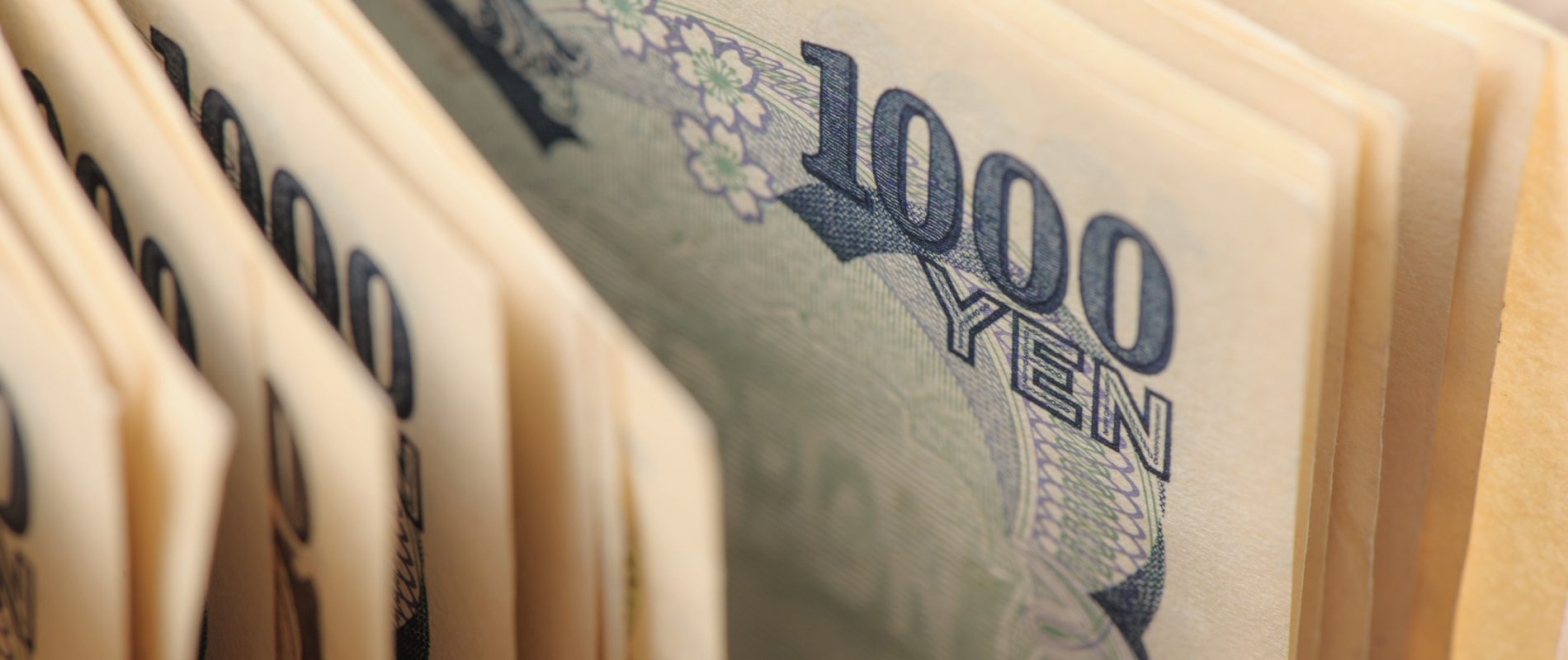- For Pvtistes, Japan is a cash-based society and some independent shops don’t accept card payments.
- It’s normal to carry tens of thousands of yen and spend coins periodically, since theft is rare.
- Tipping is not expected, and leaving money for service staff is considered impolite.
- There are 4 paper bills (¥1,000, ¥2,000 rare, ¥5,000, ¥10,000) and 6 coins (¥1, ¥5 lucky, ¥10, ¥50, ¥100, ¥500). Show more












 Français
Français English
English




0 comments
{{like.username}}
Loading...
Load more